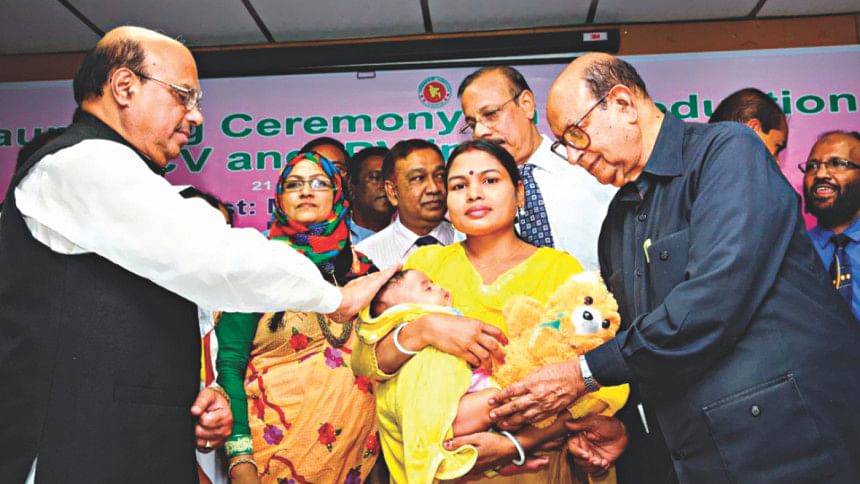Introduction of IPV in Polio endgame

There is steady progress against polio in the world in recent years. In May 2013, the Global Polio Eradication Initiative (GPEI) launched the Eradication & Endgame Strategic Plan to capitalise on progress and end polio by 2018. Endorsed by the World Health Assembly and more than 450 scientists, the plan lays out a comprehensive approach to address both wild and vaccine-derived poliovirus. Critical components of this plan include introducing inactivated polio vaccines (IPV) and strengthening immunisation systems to deliver vaccines and boost immunity. To sustain the gains against polio, all countries need to introduce IPV.
The oral polio vaccine (OPV) has successfully reduced polio cases by 99%. Now the Strategic Plan calls for countries to introduce at least one dose of IPV by the end of 2015 in order to:
* Protect against type 2, in case it is re-introduced.
* Boost immunity to wild poliovirus types 1 and 3 to hasten their eradication.
* Enhance e‑ffectiveness of outbreak response activities in the event of a type 2 outbreak.
* Set the stage for ending OPV use entirely in 2019-2020.
OPV remains the primary tool to root out wild polio. To forever eliminate vaccine derived poliovirus, the plan lays out a strategy to transition entirely to IPV, once wild polio transmission has been interrupted.
Strong immunisation systems will help deliver IPV and maintain high population immunity to eliminate polio. The polio programme already delivers a range of health services to the hardest-toreach children. The Strategic Plan ensures that the knowledge and infrastructure the program has developed will benefit immunisation systems and other health goals long after polio is gone.
Polio was eradicated in Bangladesh in 2000. But while the virus continues to circulate in nearby countries such as Pakistan, keeping surveillance strong is crucial to ensure the virus does not return unnoticed.
On March 21, Bangladesh introduced both the inactivated polio vaccine (IPV) and the pneumococcal conjugate vaccine (PCV) into its routine immunisation system in an official ceremony at Dhaka Shishu (children's) Hospital.
E-mail: [email protected]

 For all latest news, follow The Daily Star's Google News channel.
For all latest news, follow The Daily Star's Google News channel. 



Comments